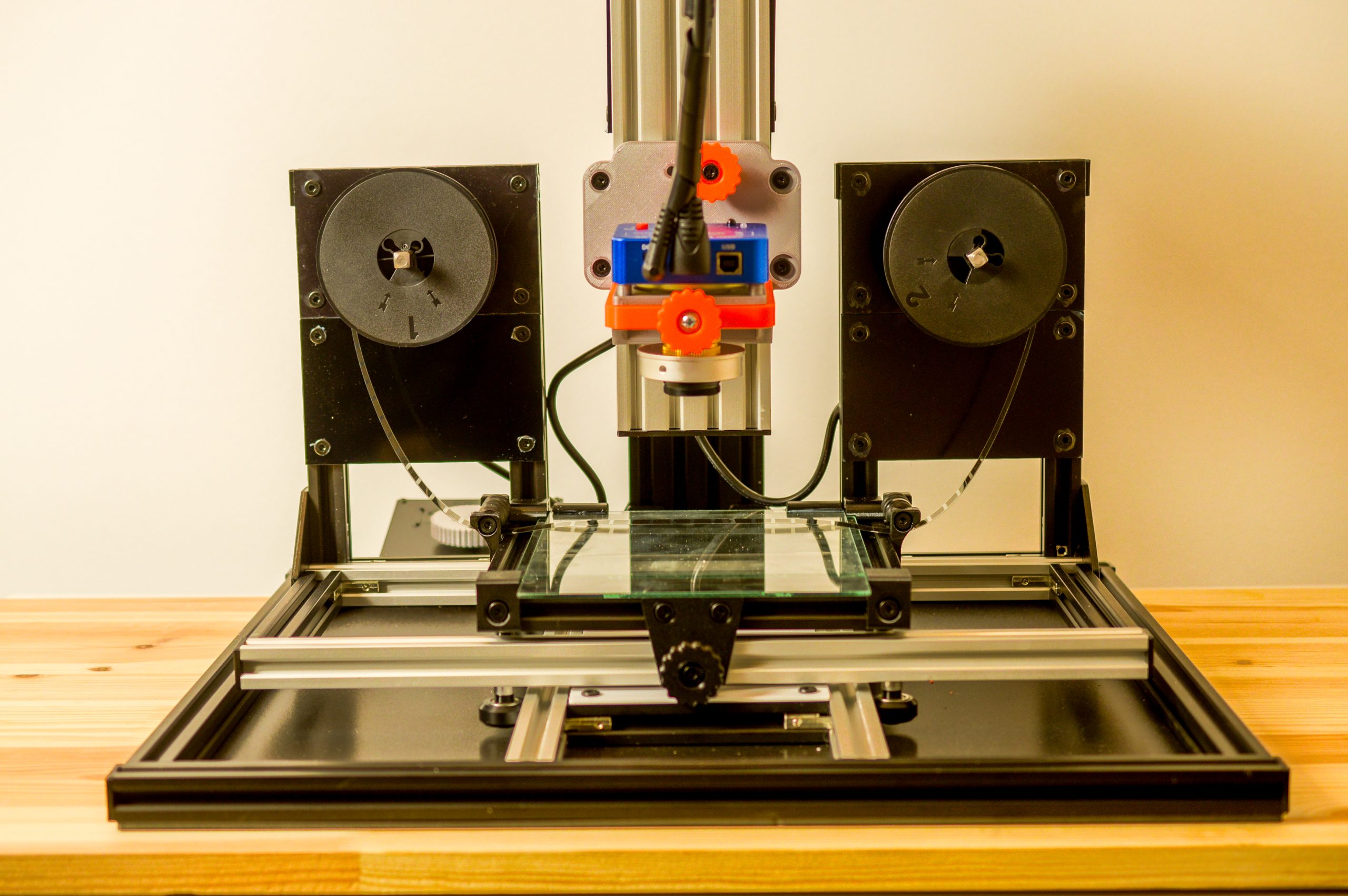Finding a good microfiche scanner is challenging enough even for most specialists out there. Actually scanning microfilm can be quite a task, so follow this article and you will find out everything there is to know on the subject.
| No | Product | Film Control | Readable Media | Colorspace | Connectivity | Price |
| 1 | Klip View | 16mm and 35mm Motorized Film Carrier | – Microfiche – Microfilm Jackets – Aperture cards 16mm and 35mm – Dia Films | Color and Bitonal Viewing, Negative and Positive | USB Connectivity | Request info |
What is a microfiche and how it looks
A microfiche is a type of film media that comes in sheets of different sizes, with 105x148mm being the most widespread. In just about all cases it contains minified reduced size images of documents, but sometimes it can contain other things.
The reproduction of the images is minified by some margins, usually from 12 to 48x and in between. This way, entire folders and archives can be kept in just about a single drawer.
Its main applications are in the field of archives, and we can exemplify medical records or part and service documenta for various industries.
We have seen users preffer microfiche instead of microfilm in situations where having documents related to a certain aspect and keeping them on a single fiche just makes more sense. Medical records are a great example because for example every patient would have its own fiche, greatly reducing the need for space.
How a microfiche scanner works
A microfiche scanner, just like your average document scanner, has to capture images of documents found on microfiche.
Therefore it has to have the following elements:
– a lighting module to iluminate the film
– a capturing camera with a magnifying lens
– a carrier where the microfiche will be placed, which can be easily moved under the camera
– optionally a moving carrier that is automatic.so users don t move it manually
– optionally a feeding mechanism thay loads and offloads fiche sheets as they are prepared for scanning.
Usually the process is quite simple, place a microfiche on the carrier, move the support around, capture the desired frame and output the images.
Practically you will need to move the carrier manually or automatically and scan each image separatelly. This means that the corelation with the screen and the carrier has to be quite smart, otherwise you risk wasting time and moving the carrier on the wrong image.
When you have finished scanning, outputing in the files to the proper format is also important. You then have to think of Ocr and so on. First of all the raster images have to be outputed, whether it is in PDF, as an image, Tiff or Jpeg file format. The next step, as mentioned, will be to prepare the files for the OCR process, where you would extract the data from it.
Microfiche Scanning Software
What we think makes a good scanning software for microfiche scanners is the posibility to recreate the intent of that fiche into a digital folder. Usually, the frames on a microfiche card have a structure and a purpose. Recreating that into a digital folder means having a solution that is built with various logics in mind.
So think of the correct spread on columns and rows, and also think about the software you are using that should be able to understand this. You will need to output the images in the correct order, or at least in the desired order. The software should have options in this sense, that are easy to use and easy to understand for the operators.
One thing you also have to consider is to output the data in the correct file format. For this, PDF, TIFF and JPEG are probably mandatory file formats. Pdf in particular is what you need and what you should aim for, as it is considered to be the most appropriate file format for document scanning, whether it’s from paper or film.
